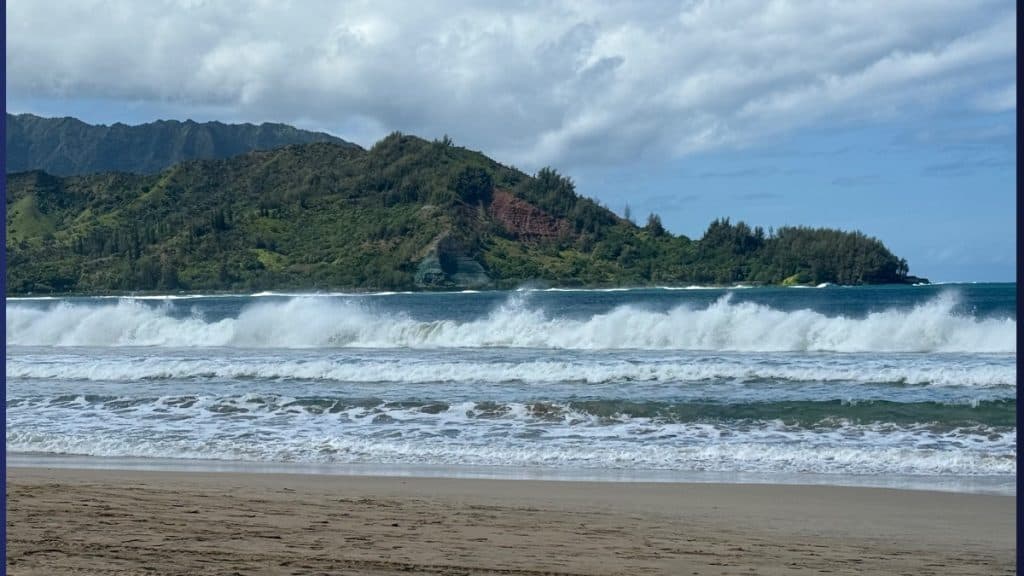Big Surf Threat Fades, Advisory Canceled for Kauai and Niihau
National Weather Service forecasters in Honolulu canceled a high surf advisory on November 23 after a northwest swell began to subside, bringing relief to north and west facing shores of Kaua‘i and Ni‘ihau. The advisory had warned of breakers up to 15 feet and strong currents, making the update important for residents, visitors, and beach reliant businesses.

The National Weather Service in Honolulu announced at 3:22 p.m. on November 23 that surf had fallen below advisory criteria along the north and west facing shores of Kaua‘i and Ni‘ihau. The earlier high surf advisory, originally posted on November 22 and scheduled to remain in effect through 6 p.m. on November 23, was canceled as the northwest swell that produced the larger breakers peaked and then slowly declined through the evening.
Forecasters had warned that northern shorelines could experience surf peaking at 10 to 15 feet, while west shorelines could see waves of 8 to 12 feet. Such conditions create strong currents and hazardous water for swimmers and beachgoers, and can threaten shoreline infrastructure and small coastal operations. The NWS update serves as a reminder of the recurring seasonal risk baked into island life and the need for continued caution even after advisories are lifted.
Local lifeguards and Ocean Safety officials were urged to remain vigilant, and residents were reminded to follow posted warnings and any closures. Compliance with lifeguard instructions is a direct public health measure to prevent drownings and injuries, and it reduces demand on emergency medical services and search and rescue resources across the county. For communities that rely on tourism and beach access for livelihoods, abrupt coastal hazards can translate into economic strain and disrupt already fragile small businesses.
The episode also highlights broader equity questions about communication and preparedness. People who lack easy transportation, who speak limited English, or who live in remote areas can face higher risk during sudden coastal events. Ensuring multilingual alerts, accessible signage, and adequate Ocean Safety staffing are policy priorities for reducing disparities in exposure to coastal hazards.
While the immediate danger eased on November 23, the pattern of northwest swells in this season means residents and visitors should stay informed through official channels and treat the ocean with respect. The cancellation of the advisory returned a measure of normalcy to Kaua‘i and Ni‘ihau shorelines, but it also underscores the ongoing need for community awareness and investment in coastal safety.

